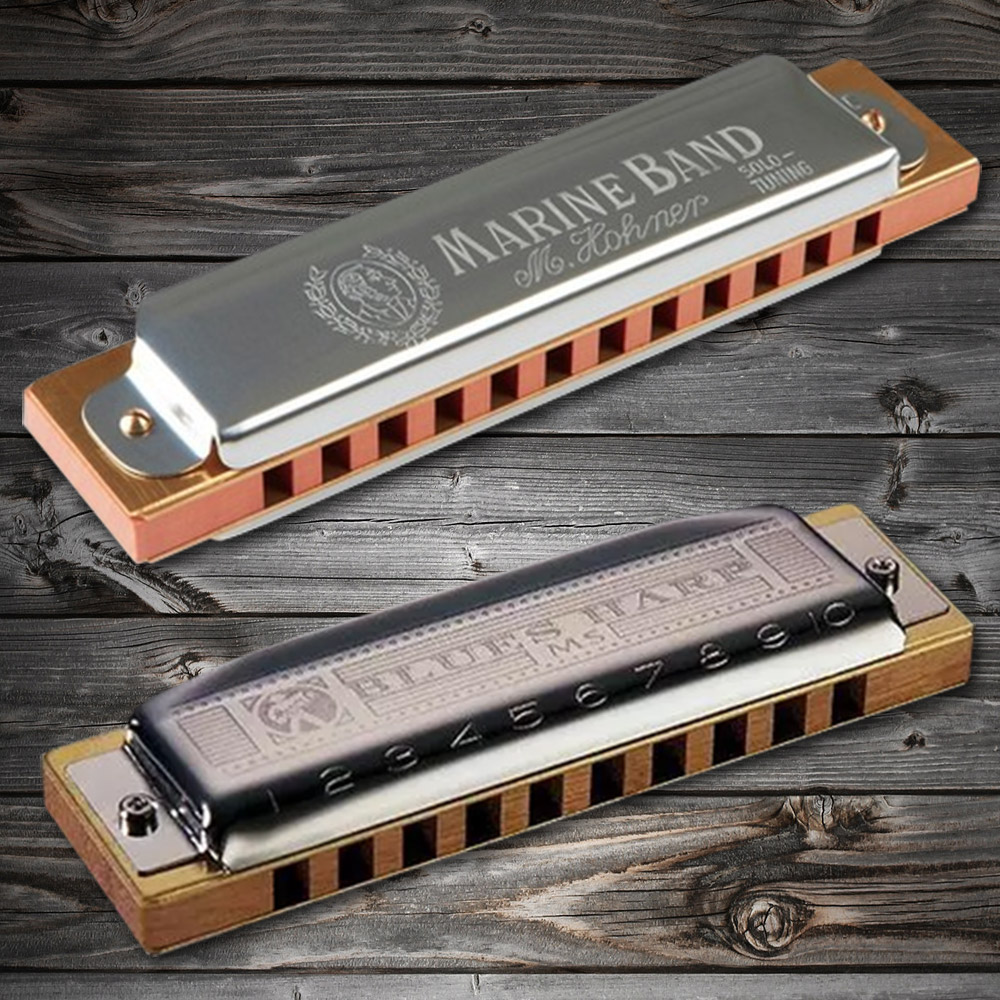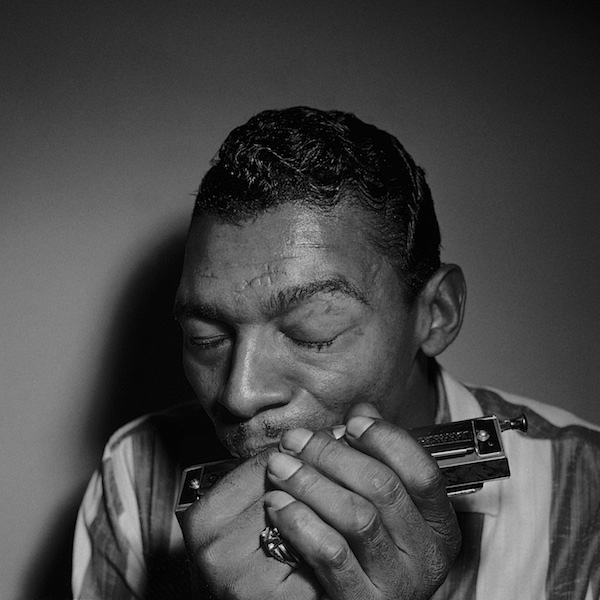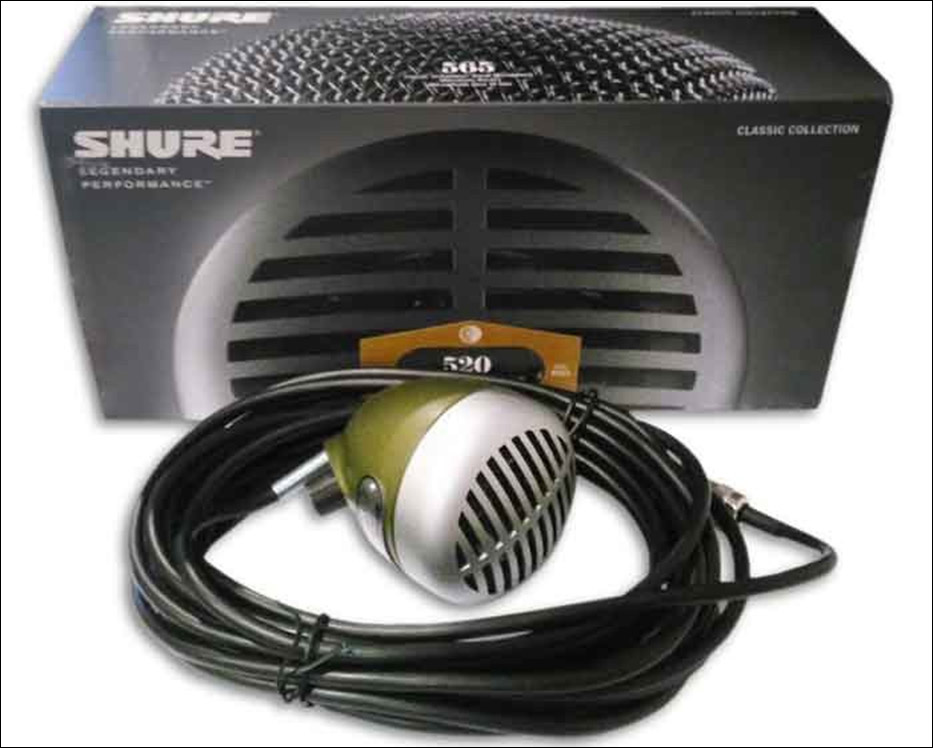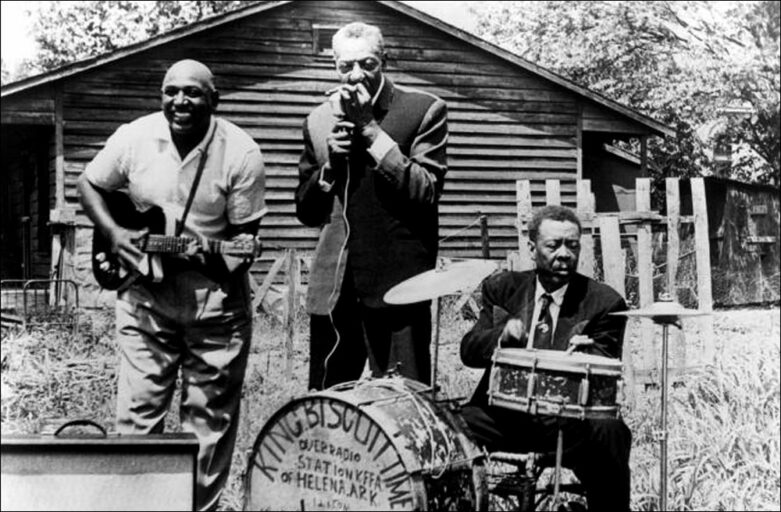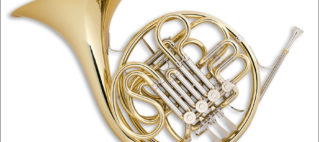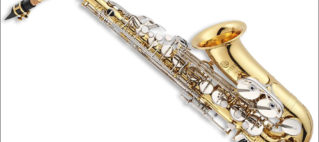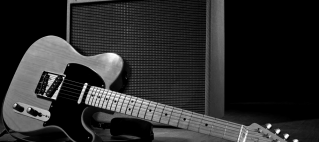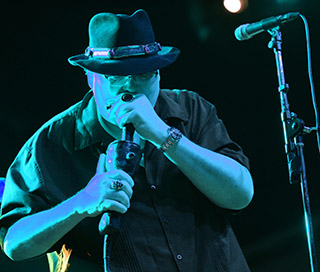 Our Billings region includes harmonica artists who added talent to harmonica history with great performances, and that’s why Hansen Music has stocked harmonicas, harp mics, amps, cases, and learning materials.
Our Billings region includes harmonica artists who added talent to harmonica history with great performances, and that’s why Hansen Music has stocked harmonicas, harp mics, amps, cases, and learning materials.
“I needed some new harmonica keys, a case, learning materials, a Shure “Green Bullet” harp mic and an amp … Bob Whitmer at Hansen Music spent a lot of time with me get me all set up and back on the stage.”
—Cody Matteucci, Billings Montana
In the United States, the harmonica emerged as an incredibly popular blues instrument. In the 1930’s and early 1940’s a man named John Lee “Sonny Boy” Williamson became well known. After the second world war, Chicago became a major source for blues, with great players such as Rice Miller (Sonny Boy Williamsom II) and Little Walter. Many people consider Little Walter to be the greatest blues harmonica player. He died in 1968, a sad day in the history of the harmonica. Continuing the instrument legacy include: Steve Wonder, John Popper, Alan Wilson, Indiara Sfair (Brazil), Big Mama Thornton, Paul Butterfield, Bob Dylan, Phil Wiggins, Toots Thielemans, and so many more.
The harmonica has a long history, beginning in China with an instrument called the Sheng. The harmonica was further developed in Europe early in the 19th century, with the first harmonicas manufactured in Germany. The best known harmonica company, Hohner, is still based in Germany.
Matthias Hohner introduced the harmonica to 19th century America, which really began the modern history of the harmonica. The harmonica was cheap and easy to carry, perfect for a country on the move, like America back then. While there were many harmonica types, the most widely used harmonica (in Western countries) became the 10 hole “diatonic.”
